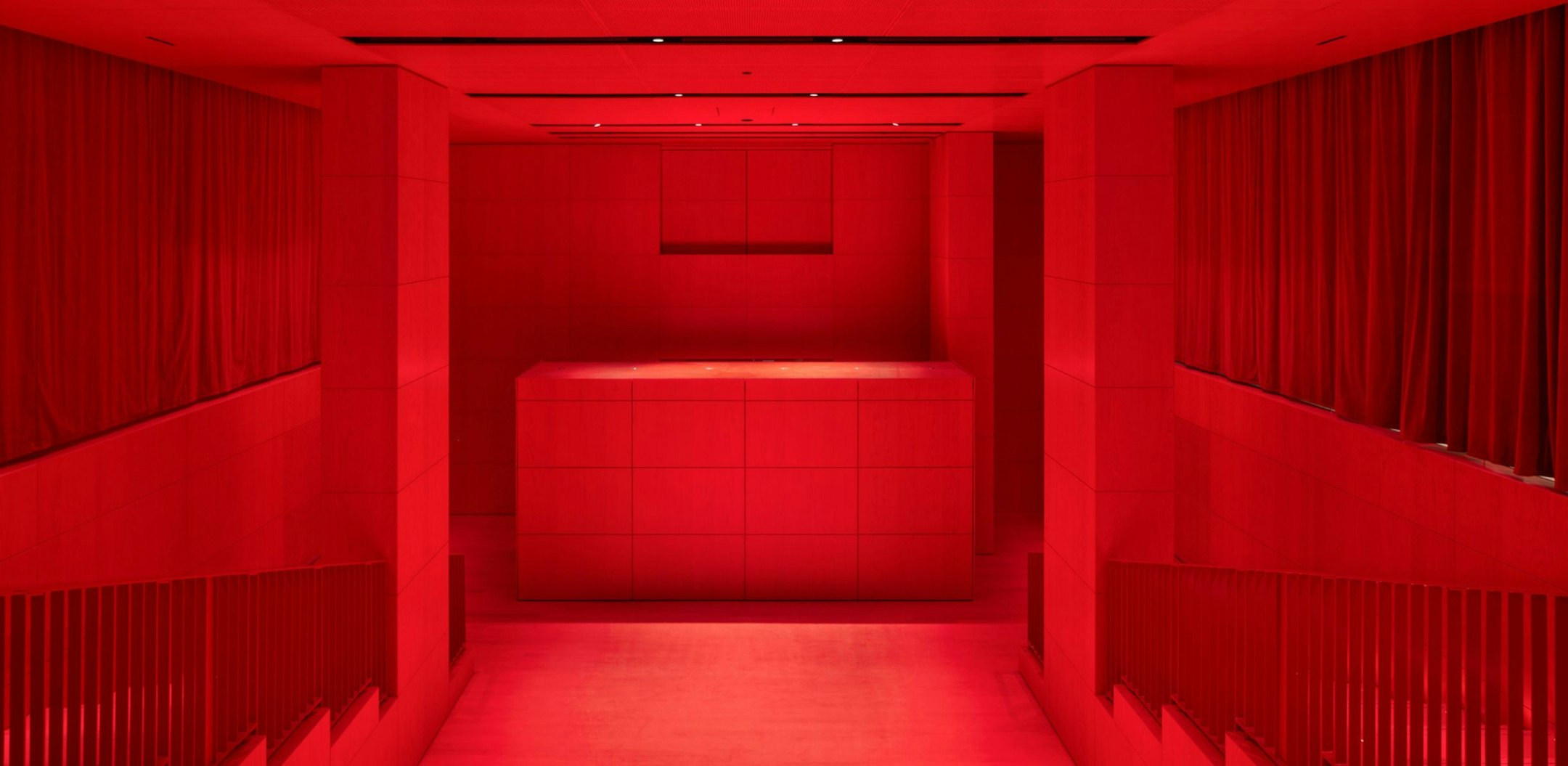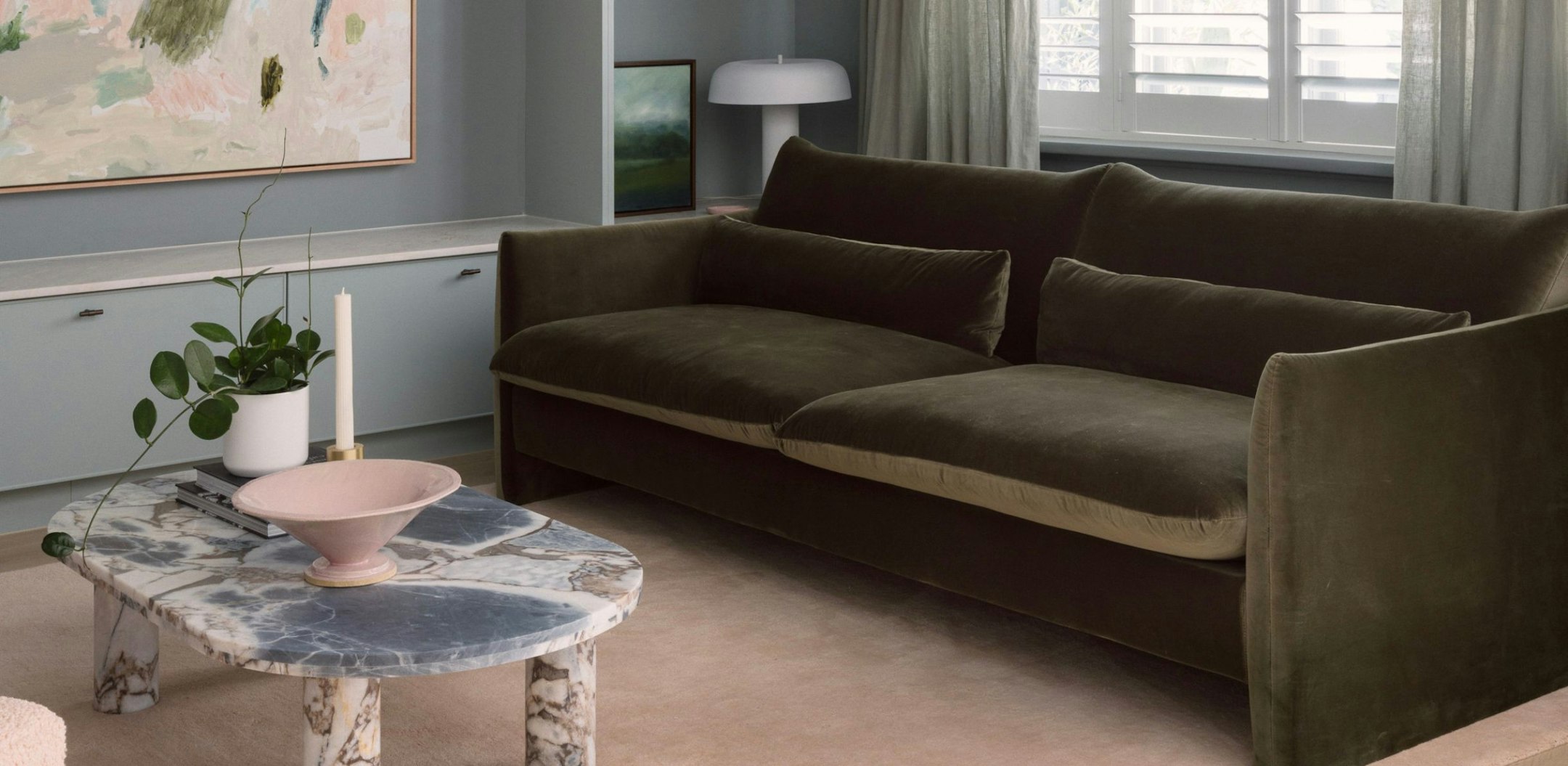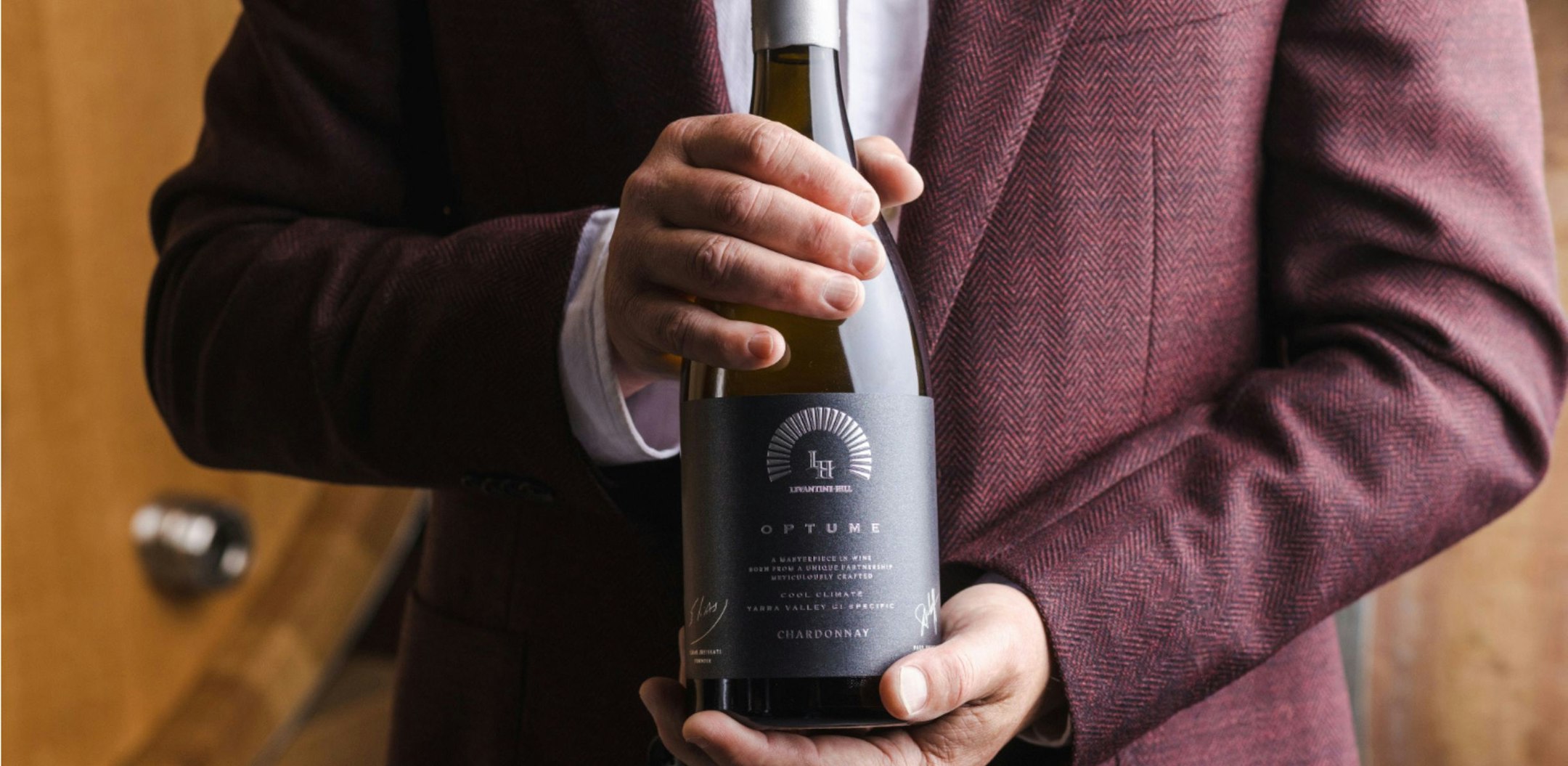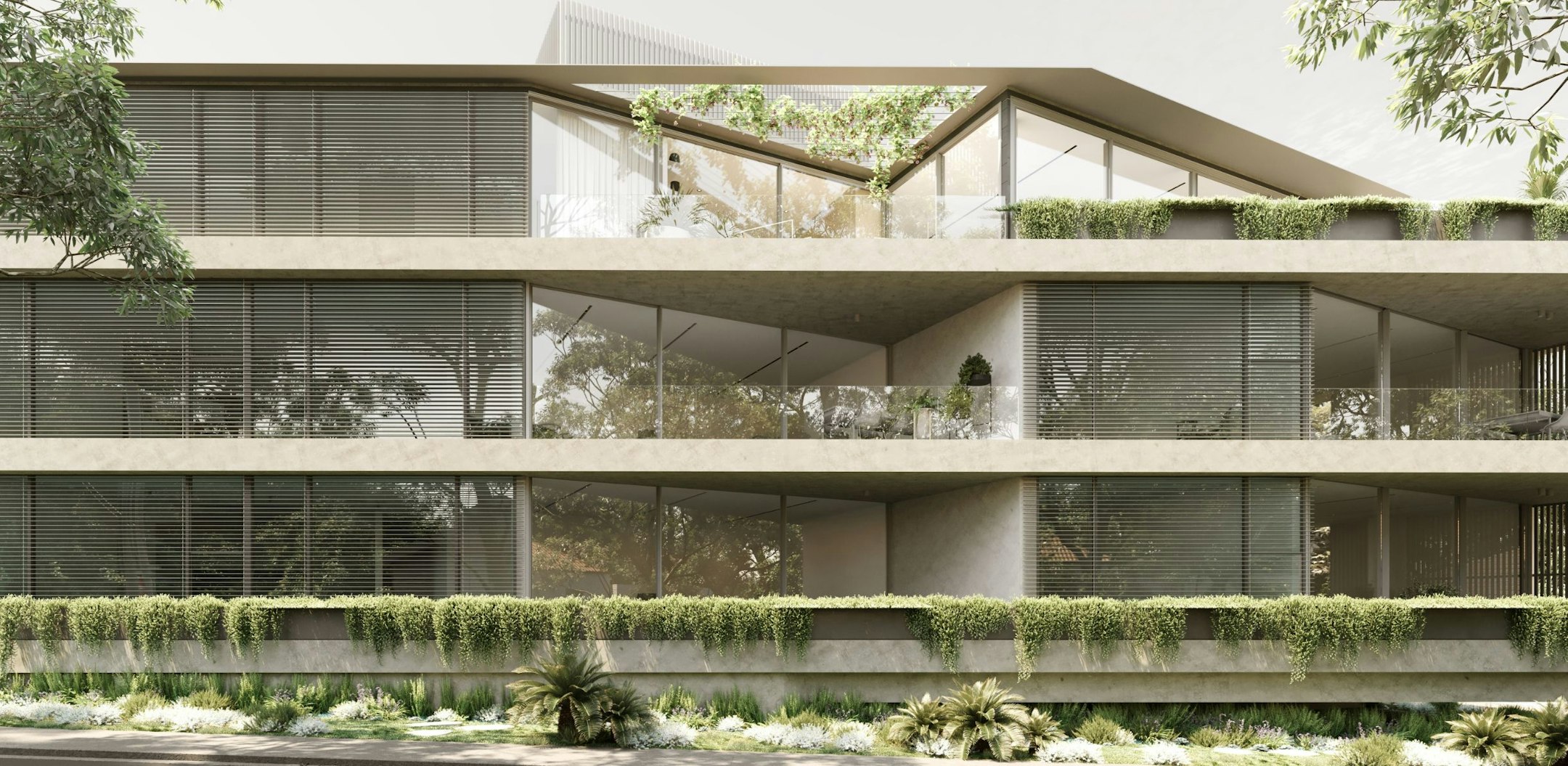We recently sat down with Australian contemporary artist Tom Adair to explore the evolution of his practice — from fashion and interiors to his acclaimed CMYK airbrush paintings. He reflects on how materials, technology, and questions of authorship shape his work, and why painting has become his most powerful language.
ProjectsTom Adair in Focus
Next ArticleTom Adair in Focus

14 October 2025
What first drew you to painting as your primary artistic language?
I've always been drawn to making things, but painting came later. I studied fashion, then worked across interiors, catalogue production, and as Head of Homewares at Jardan. It was only when I began exhibiting that painting became my central language — the best way to explore ideas around illusion, image-making, authorship, and contemporary culture. Each exhibition built on the last. HOME in 2018 was a turning point, bringing together light, space, and domestic design. Chromatones, Weekender and New Romantics pushed me deeper into the CMYK halftone process. By /Imagine (Cowboys), I was thinking critically about authorship in the digital age. It remains my most robust body of work and marks when painting fully took the lead.
How has your background in design and fashion shaped your approach to painting?
Those industries taught me how materials behave, how colour sits in space, and how people move through environments. More importantly, they exposed me to industrial processes — screen printing in fashion, catalogue proofing in print factories. That's where I first encountered halftone imagery and CMYK printing. Years later, I developed those systems into my own handmade process. What was once technical language became something human, imperfect, and slow — now central to my painting practice.
Your work reflects on contemporary life and technology. What do you hope audiences take away?
I want people to stop and really look. Life now is so filtered, accelerated, and detached. With /Imagine (Cowboys), I reproduced AI-generated imagery through painstaking manual pointillism with an airbrush. The result is surreal — you sense something is off, but you're not sure why. That points to the uncanny valley and how we respond to images that almost, but not quite, look human. There's also a conversation about authorship. If an image is AI-generated, rephotographed, repainted, and re-exhibited, who made it? What does that say about originality and ownership today? I don't answer these questions directly, but I want audiences to reflect on how quickly we've adapted to artificial forms — and what that's doing to our relationship with reality, value, and beauty.
What's next for your practice?
I'm interested in pushing the CMYK process further — technically, visually, and materially. There's scope to experiment with new surfaces and mixed media. Lately, I've been thinking about themes like money, value, and technology. Outside the studio, I've launched Rebels of the Future, a kidswear label with my wife. We met at fashion school, so it feels full-circle. While commercial, it's an extension of my creative practice — another way of exploring forms and processes that feed back into my art. For me, it's all part of the same practice.
LEARN MORE https://www.tomadair.com.au/



